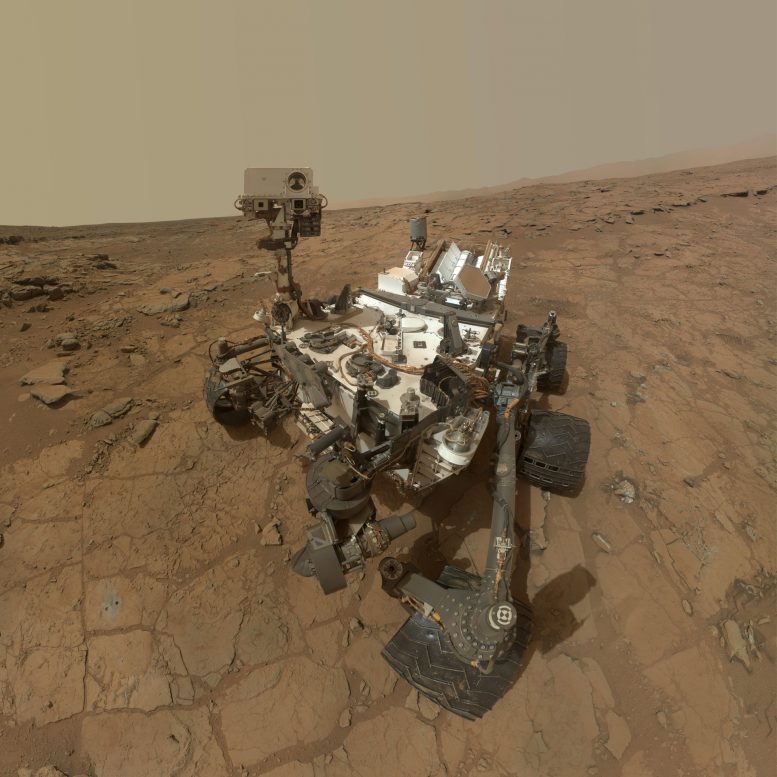
This self-portrait of NASA’s Mars rover Curiosity combines dozens of exposures taken by the rover’s Mars Hand Lens Imager on February 3, 2013 plus three exposures taken May 10, 2013 to show two holes (in lower left quadrant) where Curiosity used its drill on the rock target “John Klein”. Credit: NASA/JPL-Caltech/MSSS
NASA’s Curiosity rover has discovered evidence of nitrates in scooped samples of windblown sand and dust at the “Rocknest” site, providing further evidence that the ingredients needed for life were present on Mars billions of years ago.
Nitrogen is essential for all known forms of life, since it is used in the building blocks of larger molecules like DNA and RNA, which encode the genetic instructions for life, and proteins, which are used to build structures like hair and nails, and to speed up or regulate chemical reactions.
However, on Earth and Mars, atmospheric nitrogen is locked up as nitrogen gas (N2) – two atoms of nitrogen bound together so strongly that they do not react easily with other molecules. The nitrogen atoms have to be separated or “fixed” so they can participate in the chemical reactions needed for life. On Earth, certain organisms are capable of fixing atmospheric nitrogen and this process is critical for metabolic activity. However, smaller amounts of nitrogen are also fixed by energetic events like lightning strikes.
Nitrate (NO3) – a nitrogen atom bound to three oxygen atoms – is a source of fixed nitrogen. A nitrate molecule can join with various other atoms and molecules; this class of molecules is known as nitrates.
There is no evidence to suggest that the fixed nitrogen molecules found by the team were created by life. The surface of Mars is inhospitable for known forms of life. Instead, the team thinks the nitrates are ancient, and likely came from non-biological processes like meteorite impacts and lightning in Mars’ distant past.
Features resembling dry riverbeds and the discovery of minerals that only form in the presence of liquid water suggest that Mars was more hospitable in the remote past. The Curiosity team has found evidence that other ingredients needed for life, such as liquid water and organic matter, were present on Mars at the Curiosity site in Gale Crater billions of years ago.
“Finding a biochemically accessible form of nitrogen is more support for the ancient Martian environment at Gale Crater being habitable,” said Jennifer Stern of NASA’s Goddard Space Flight Center in Greenbelt, Maryland. Stern is the lead author of a paper on this research published online in the Proceedings of the National Academy of Science March 23.
The team found evidence for nitrates in scooped samples of windblown sand and dust at the “Rocknest” site, and in samples drilled from mudstone at the “John Klein” and “Cumberland” drill sites in Yellowknife Bay. Since the Rocknest sample is a combination of dust blown in from distant regions on Mars and more locally sourced materials, the nitrates are likely to be widespread across Mars, according to Stern. The results support the equivalent of up to 1,100 parts per million nitrates in the Martian soil from the drill sites. The team thinks the mudstone at Yellowknife Bay formed from sediment deposited at the bottom of a lake. Previously the rover team described the evidence for an ancient, habitable environment there: fresh water, key chemical elements required by life, such as carbon, and potential energy sources to drive metabolism in simple organisms.
The samples were first heated to release molecules bound to the Martian soil, then portions of the gases released were diverted to the SAM instruments for analysis. Various nitrogen-bearing compounds were identified with two instruments: a mass spectrometer, which uses electric fields to identify molecules by their signature masses, and a gas chromatograph, which separates molecules based on the time they take to travel through a small glass capillary tube — certain molecules interact with the sides of the tube more readily and thus travel more slowly.
Along with other nitrogen compounds, the instruments detected nitric oxide (NO — one atom of nitrogen bound to an oxygen atom) in samples from all three sites. Since nitrate is a nitrogen atom bound to three oxygen atoms, the team thinks most of the NO likely came from nitrate which decomposed as the samples were heated for analysis. Certain compounds in the SAM instrument can also release nitrogen as samples are heated; however, the amount of NO found is more than twice what could be produced by SAM in the most extreme and unrealistic scenario, according to Stern. This leads the team to think that nitrates really are present on Mars, and the abundance estimates reported have been adjusted to reflect this potential additional source.
“Scientists have long thought that nitrates would be produced on Mars from the energy released in meteorite impacts, and the amounts we found agree well with estimates from this process,” said Stern.
The SAM instrument suite was built at NASA Goddard with significant elements provided by industry, university, and national and international NASA partners. NASA’s Mars Science Laboratory Project is using Curiosity to assess ancient habitable environments and major changes in Martian environmental conditions. NASA’s Jet Propulsion Laboratory in Pasadena, California, a division of Caltech, built the rover and manages the project for NASA’s Science Mission Directorate in Washington. The NASA Mars Exploration Program and Goddard Space Flight Center provided support for the development and operation of SAM. SAM-Gas Chromatograph was supported by funds from the French Space Agency (CNES). Data from these SAM experiments are archived in the Planetary Data System (pds.nasa.gov).
Reference: “Evidence for indigenous nitrogen in sedimentary and aeolian deposits from the Curiosity rover investigations at Gale crater, Mars” by Jennifer C. Stern Brad Sutter, Caroline Freissinet, Rafael Navarro-González, Christopher P. McKay, P. Douglas Archer Jr., Arnaud Buch, Anna E. Brunner, Patrice Coll, Jennifer L. Eigenbrode, Alberto G. Fairen, Heather B. Franz, Daniel P. Glavin, Srishti Kashyap, Amy C. McAdam, Douglas W. Ming, Andrew Steele, Cyril Szopa, James J. Wray, F. Javier Martín-Torres, Maria-Paz Zorzano, Pamela G. Conrad, Paul R. Mahaffy and the MSL Science Team, 23 March 2015, PNAS.
DOI: 10.1073/pnas.1420932112

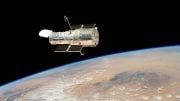

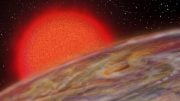
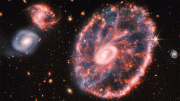
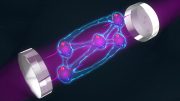

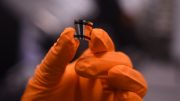
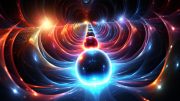
Be the first to comment on "Curiosity Finds Evidence of Nitrates on Mars"